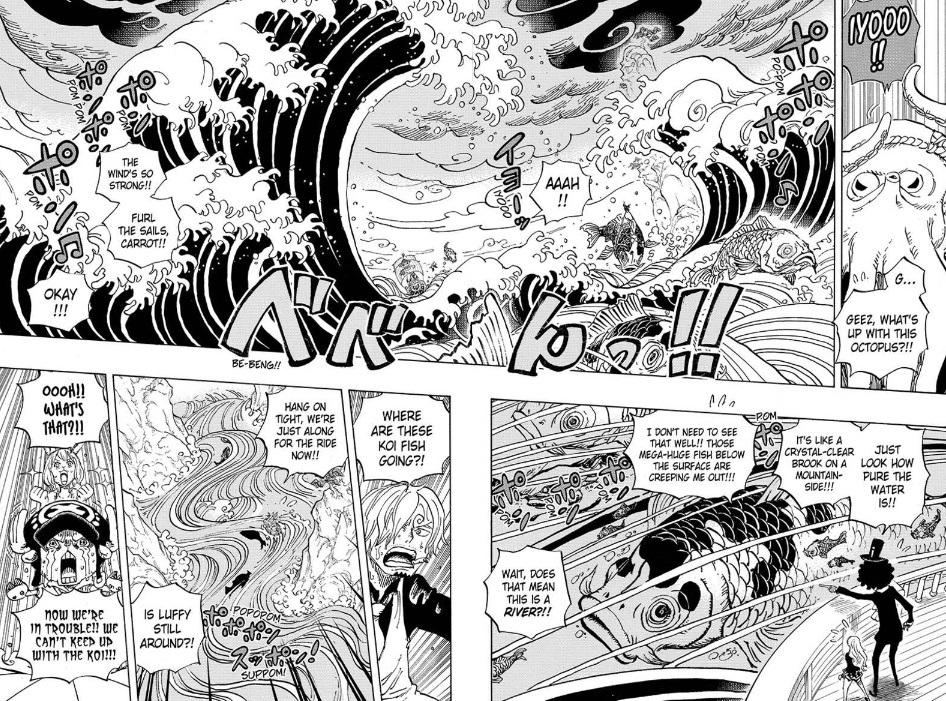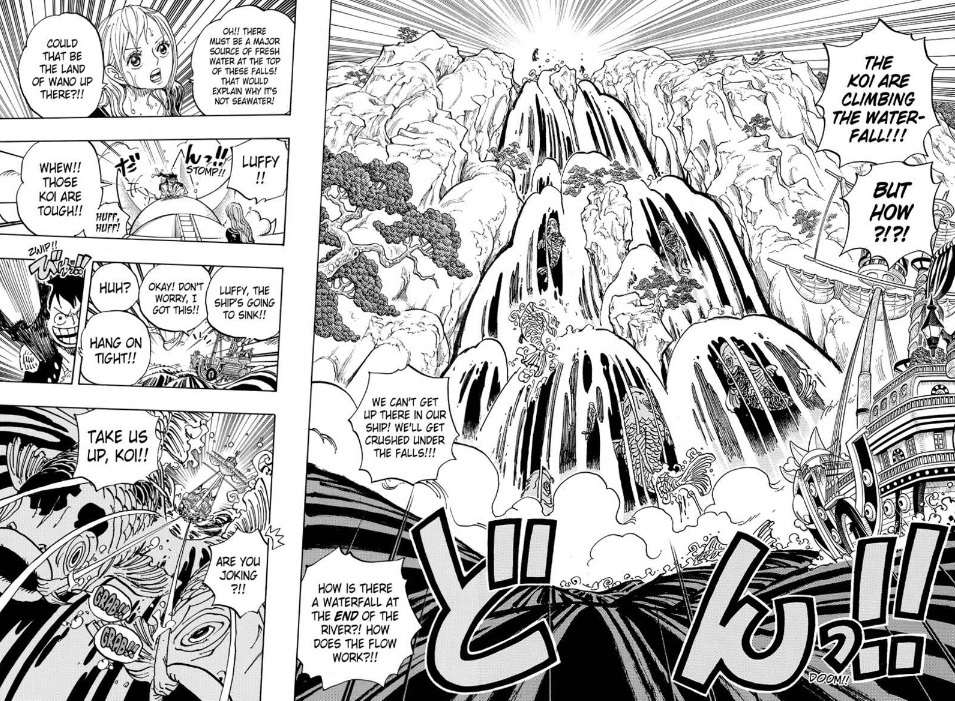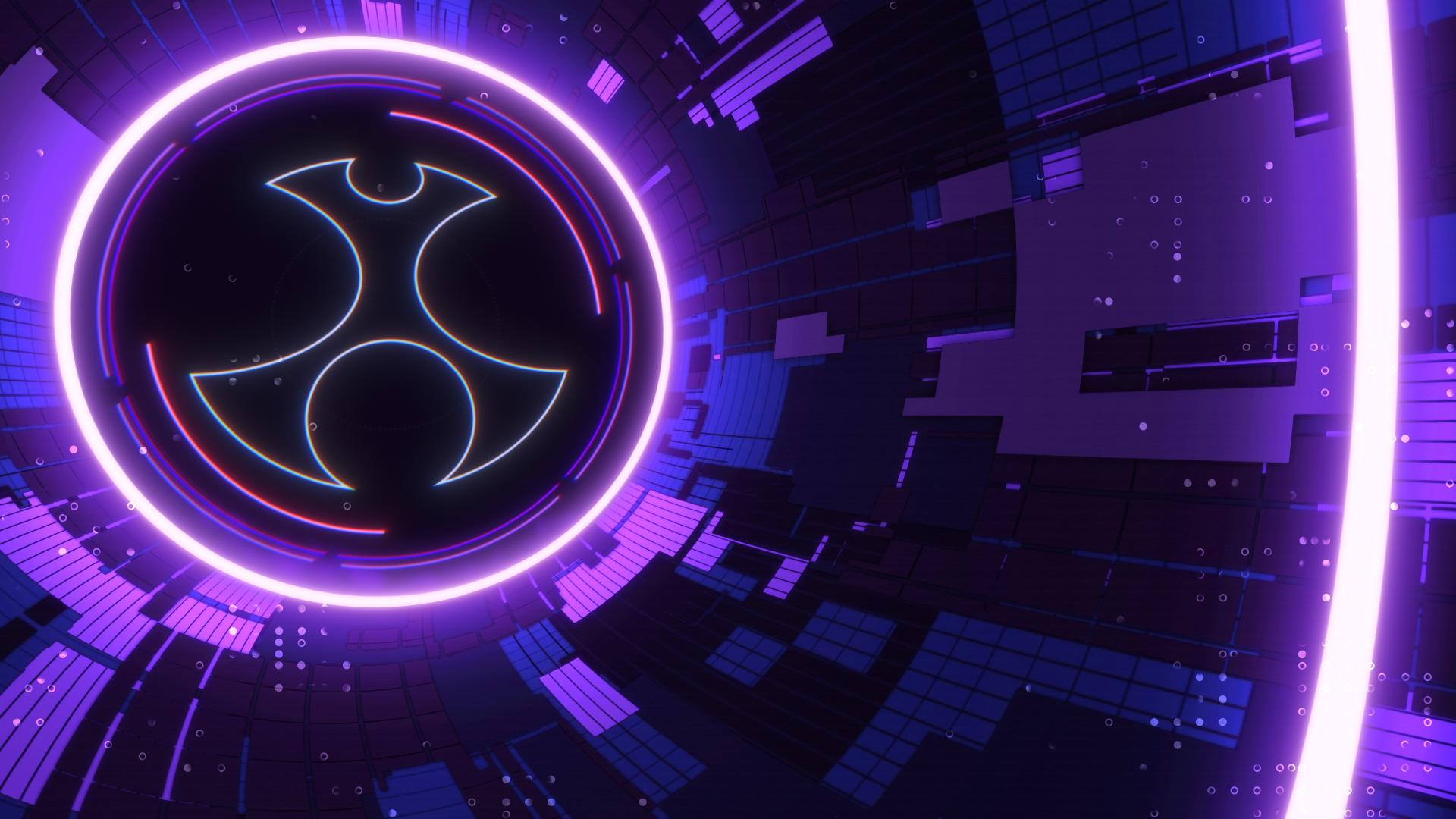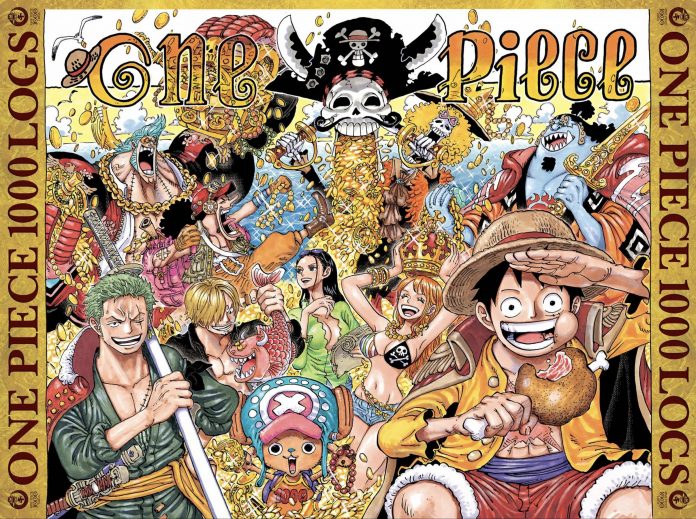One Piece may not be the first manga ever to reach 1,000 chapters, but it is the first to do while being widely distributed worldwide in different languages. I’d been keeping up with the manga’s release since roughly 2011, maybe a year before the Shonen Jump Alpha initiative that brought the official release closer to our modern standard of Simulpubbing. I’ve felt myself grow alongside Luffy and the Strawhats as the years go by and having the luxury to reread the series as I bought the volumes and accessing the Shonen Jump (SJ) vault. But the emotional maturity of Eichiro Oda’s storytelling has made some of the writing hit much harder. There are more glaring flaws that seem tone-deaf alongside the many accomplishments, but many would say One Piece is more than the sum of its parts. You could even call that sum… One Big Piece.
I remember my very first exposure to the series being roughly 16 years ago, on Saturday mornings with shows like Ultimate Muscle and Shaman King on FoxBox. I’d flip between that and Kids WB to get my weekly dosage of localized anime like Yu-Gi-Oh!, Pokemon, Kirby: Right Back At Ya!, and other shows distributed between the competing syndications. While many folks had issues with the 4Kids, I was about nine years old and generally didn’t engage super critically with the media and had no concept of source material or censorship. I saw the loud stretchy boy and the badass bandana’d swords-dude and went, “Wow, funny and cool!!” As my very first impression of the franchise, I don’t regret that exposure at all. I couldn’t keep up with it as time passed, and they eventually stopped adapting episodes. (Sidenote, the fact that they completely skipped Laboon by photoshopping a GIANT ICEBERG AND BLASTING THROUGH IT was by far one of the funniest things I’d ever learned in retrospect, like, who even comes up with that??!) To that end, I do sympathize with people who were already fans and thought the 4Kids localization completely bastardized the series. However, I also unironically think the One Piece rap opening is a jam and still know all the words. It’s a good karaoke go-to!
The 4Kids syndication ended around the time I entered 5th grade. Thanks to the magic of Scholastic Book Fairs at my public school, I learned about the magic that was Weekly Shonen Jump (North America), and found that many shows I saw on TV, including Toonami hits like Yu Yu Hakusho and Naruto, were also in comic form! I wasn’t able to collect every issue, but SJ was undoubtedly my gateway drug into the world of manga and comics. I read different series at libraries and bookstores like Borders, utterly infatuated with Japanese storytelling. At this point, One Piece wasn’t my absolute favorite series, but it was climbing my ranks because my cousin showed me episodes that he got from his college friends, and I got to see arcs like Alabasta and Skypeia. Compared to what I saw as a preteen, the scope of the series blew my mind and challenged what my expectations could be for media that was supposedly marketed to kids.
When I entered high school, I was fortunate enough to be accepted somewhere that offered Japanese as a foreign language study. That completely cemented my adoration for Japanese pop culture and the history that sometimes bleeds into tropes and storytelling. High school was also when the series in its weekly serialization peaked in feverish hype and excitement thanks to Marineford and Film Z. I had given the series a break because I was emotionally exhausted by the separation of the Strawhats and decided to give my full attention to other series. I ended up catching up when the Fishman Island arc was almost done, which coincided with my graduation. Closing that chapter of my life with Luffy and his crew wholly triumphant and reunited together gave me vigor and hunger to succeed that colored my interactions with everyone else. It was when I grew more comfortable with asking for help from others, and acknowledging my shortcomings, much like Luffy realized he didn’t have to shoulder everything alone because he had his crewmates. It’s cheesy and unabashedly the same kind of tropey message you see in Japanese comics for young boys about friendship, but it was true.
I personally believe that one of the signs of adulthood is the vulnerability and self-awareness that comes with self-actualization. Luffy went through that while I was in high school. By the time I was out of compulsory education and technically considered an adult in society’s eyes, I had some of my personal experiences that made me question my ability to direct my life and impact others with the consequences of my actions. My self-actualization moment came from a similar one to Luffy’s, where I had to accept the death of someone. I could not personally stop that event, and even over time, all I could do was continue living as the person I wanted to become, reach that ideal, and prove to my loved ones, I was capable of it all along. My grandmother was my Ace, and I’ll never forget how grateful I was to One Piece for giving me some inkling of an idea of how to cope and overcome my grief. The reason I eat up so many silly tropey power of friendship stories–not at all saying this is One Piece to a T–is because those kinds of stories make me feel good inside and remind me of precisely how precious my loved ones are to me.
After Marineford and the series’ time skip in general, I know that there’s a significant divide in fans because of people who think it hasn’t reached the emotional and/or narrative peaks that pre-time skip provided to readers. I’ve given it thought myself, and I am in that camp. Naturally, there are many underlying reasons and events and character interactions that build on each other and lead to that impression for me. One of the most glaring is Oda’s treatment of minority groups and secondary characters like women or LGBT characters like the Okamas (literally: Queers in the Funimation dub). In Japanese it’s used with the connotation of “crossdresser”). Okamas are thematically interesting because they aren’t necessarily trans or gay, but can be either (or both!) and are generally coded as a born male with feminine traits. For the bulk of the series, Okamas are portrayed as weird, well-meaning, and aligned against conformity and the oppressive World Government. We even get two stand-out fan favorites in Bon Clay and Ivankov, who support and adore Luffy, who also considers them true allies!
The issue with their portrayal comes from Sanji, One Piece’s single biggest single bundle of machismo insecurities confined into a character so needlessly reduced into a homophobe who desperately wants to love women. His character arc for the time skip revolves around training in the Kamabakka Queendom, the island of Okamas, a place he only refers to as “Hell.” For comedic effect–to Oda–Sanji was forced to train for two years with Okamas, who would flirt and coerce him into crossdressing alongside them. The humor was supposed to come from the visual disconnect of masculine bodies acting effeminately and the straight man (literally and comedically) loudly dismaying about it. As an LGBT person who liked Bon Clay and Ivankov’s portrayal and narrative significance in the story, it felt like taking five steps back with the Newkamas in Sanji’s time skip training. Because these events only exacerbate Sanji’s perverted behavior towards feminine women in future arcs. It cheapens his character in a way that actively disgusts me and disappoints me, especially when Oda himself tries to write Sanji as someone who overcame hardship because of his personal physical and emotional differences that ended up categorically isolating him from people. That’s the literal fucking narrative template for how minorities–be they racial, sexual, etc.–struggle after being shunted by society. It’s incredibly tone-deaf in a way that makes me question how this comes from the same story that treats almost every single backstory with the nuance and care that a trained neurosurgeon would exert in a life or death operation.
Although the Okamas/Newkamas don’t have that much screen time in proportion to the entire series’s length, the inherent male chauvinism that bleeds through their gradual presentation and Sanji’s character also directly affects the way women behave in One Piece’s overall narrative. Generally, Nami and Robin usually don’t fight, even though they are Strawhats. It may not be explicitly stated that it’s because they are women, but they tend to take on other roles like covert operations or crowd control. Sure, recently enough, there have been more scenes with them taking up the spotlight, especially in Whole Cake Island and Wano. But then there are other women who are pushed into damsel-in-distress roles even when they’re implied or even shown to be capable enough to hold their own and defend themselves, like Rebecca and Viola from Dressrosa. It’s very frustrating as a reader not knowing if Oda means for a woman in his series to be self-sufficient or relegate them to being a plot device–Toki–or another character’s stepping stone–Hiyori–later on. It’s not like I’m demanding blood to be shed on the battlefield to turn these women into badasses! Wano has been a mixed bag for me because I like the actions taken to step up Nami and Robin’s stakes in the narrative–Nami going as far as shedding blood and tempting death to uphold her captain’s honor. Still, some of the arc-specific women disappointed me with how severely their character arcs revolve around the lives of other men in their lives. It’s sufficient for establishing background and relationships, but if there isn’t some degree of self-actualization in their arcs that help develop their personal desires and goals for themselves outside of their filial or honor-bound duty, then their stories won’t come across as stories belonging to believable people. They’d be dolls existing for the story and characters their motivations revolve around.
That said, Wano has done a lot of good attempting to capture the magic of pre-time skip One Piece. We’ve gotten another fan-favorite LGBT read character in Yamato, who presents and is treated by everyone around him as male. There’s also an astounding evolution in Oda’s art, who’s finally gotten his chance to draw the island based on historical Japan. We know from extra materials and interviews he’s an absolute nut for traditional Japanese history, culture, and media. Is it surprising that the man who grew up listening to rakugo tapes as a kid decided to break up this arc into “acts” structured and framed like kabuki plays? The love he has for things like jidaigeki (period dramas) and chambara (sword fighting movies) films seeps effortlessly into action scenes and moody environmental setpieces that take advantage of manga’s black and white color scheme to evoke powerful imagery. The interweaving of his country’s cultural myths and popular media into his fictional world is representative of the spirit of adventure and sheer adulation for the unseen world–his personal excitement to be drawing a fictional magic Japan is so evident that all of us reading can appreciate every detail stitched onto each page after it was teased to us in bits and pieces, narratively, for over a decade.


The actual 1,000th chapter of One Piece has officially been released as of Jan. 3, 2021, technically actually the fourth in Japan. There wasn’t much in terms of grand, world-shattering reveals of plot twists. Instead, it was a celebration of Luffy as a character, who he is right now, and who he was before. I had the fortune and privilege to read together with some of my closest friends who are also One Piece fans in a call, and we were all giddy with sheer exhilaration. It makes nothing but simple sense that in such a grand story, the main character needs to hold some affirmation or drive that matches the author’s ambition in building that very world. Luffy’s trademark line makes a grandiose return for the first time in years, but only several weeks after his crewmate Nami desperately shouted it herself in the face of death. It was one of the most satisfying moments of this whole arc for me because, throughout all of Wano, we’ve seen Luffy almost uncharacteristically involved emotionally in the events of this country. He’s saved plenty of islands from despots, tyrants, and schemers before, but it was always a side-job on his quest to become King of the Pirates. Hearing that his ambition is still undeterred beside his involvement in this national crisis was something that felt more authentic and more consistent with the spirit of the series up to now. Luffy may save Wano, but it was never his end goal. I think a lot of the fatigue that older fans may have with the series comes from this extended saga that puts the Four Emperors with a target on their back as one of the final goals looming toward the finality of the story. And now that we’re finally facing them, calling back the spirit of adventure and wonder that came with Luffy’s dream is something akin to drinking water in a desert oasis after an incalculable amount of time.
With all its flaws and assets, One Piece has done a great deal to continually build on itself as one of the world’s foremost manga. Many people feel many different ways about the series, whether they’re mega-fans who have sworn by it ever since English SJ published the manga or anime fans who might’ve passed during the 4Kids’ era and gave it another shot after Toonami got to air Funimation’s redub of it. I believe that there’s something in One Piece for everyone, and while it’s not at all a perfect piece of media, it can still be read both critically and casually and enjoyed by either audience. What does One Piece mean to you? You can let us know with a comment or tweet!

Marion is a staff writer at Toonami Faithful. Feel free to follow them on Twitter. All of their other writing and podcasting projects can be found here as well.


